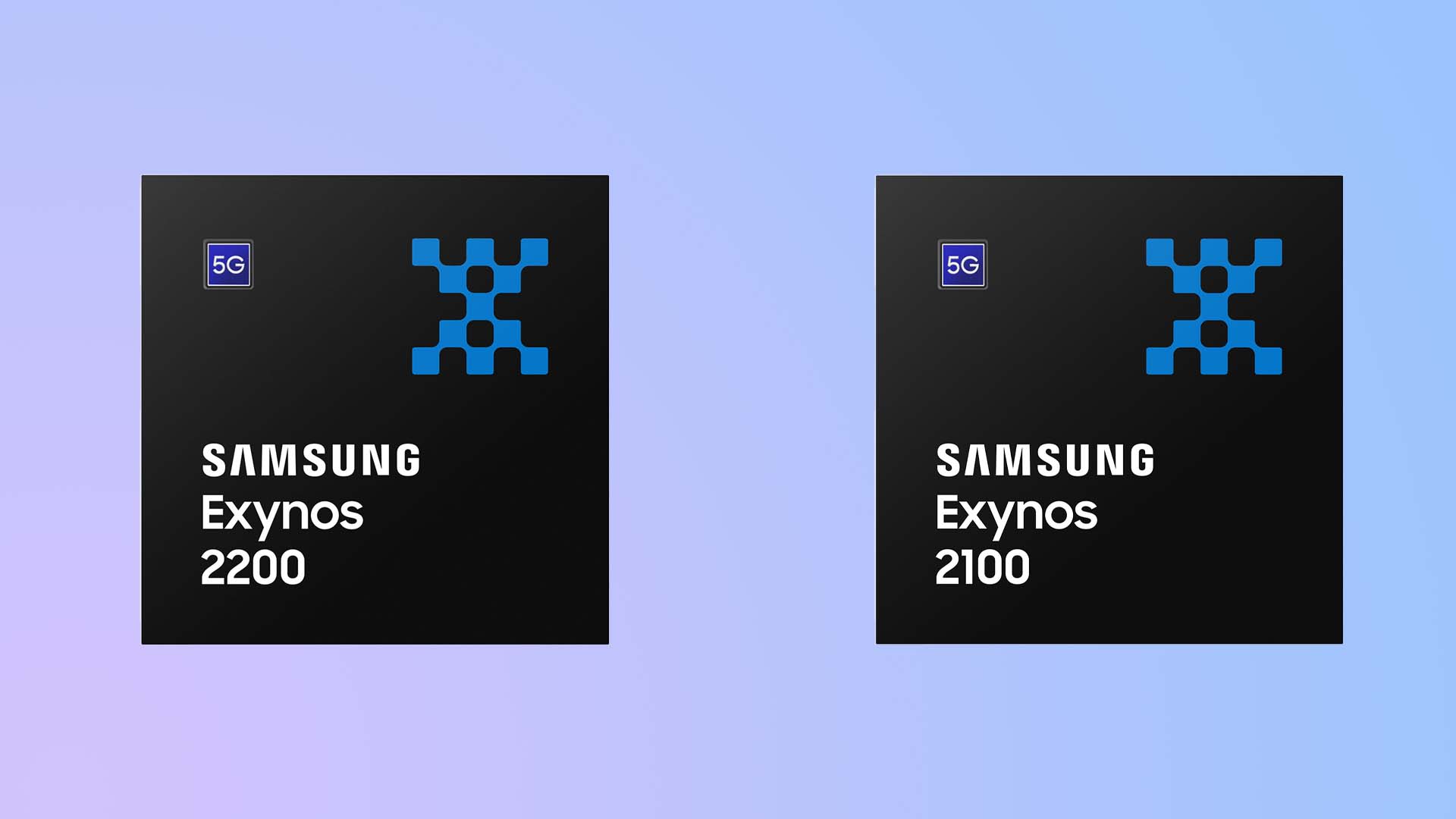For the longest time, Samsung has kept the Exynos and Snapdragon split on its flagship phones. Some markets would get the Snapdragon-powered variants while the vast majority would receive its Exynos processor. There's no need to recount all of the ways the Exynos has consistently lagged behind its Snapdragon counterpart. Countless column inches have already been dedicated to that.
It was a refreshing change this year when Samsung decided to utilize the Snapdragon chipset exclusively for all variants of the Galaxy S23 everywhere. This gave customers who had only heard about all of the ways the Snapdragon variants are better the chance to finally experience it themselves. For many, it was an eye-opening experience. They were understandably not impressed that even though they had been paying top dollar for the flagship phones, they were prevented from having the best possible experience.
Samsung hasn't clarified if it intends to use Snapdragon chipsets exclusively for all of its flagship phones going forward. That's certainly the expectation that many users have but it's unlikely that this may be the case. We've reported exclusively that the Galaxy S23 FE is coming later this year and that it's going to be powered by an Exynos chipset.
Is this Samsung's way of testing the waters again with the Exynos? Does it want to see what the response will be for the Galaxy S23 FE before it ultimately decides to bring the Exynos back for the main Galaxy S models? That's a valid observation and if that is indeed the case, Samsung needs to do a lot more to convince its customers about the merits of a return to Exynos.
There have also been rumors that the Galaxy S24 series will bring back the Exynos chipset. Word on the street is that the next flagship lineup will feature the Exynos 2400 processor that Samsung is currently developing. A Snapdragon variant may once again be offered in select markets only, meaning that there's every possibility that customers in other markets may once again get the short end of the stick.
Samsung should test the waters with cheaper devices first
Given customers' weak perception of the Exynos in comparison to Snapdragon, we believe that there are certain confidence building measures that Samsung needs to take in order to convince customers that a return to Exynos is a good decision. It simply won't be enough to list the merits on paper. They need to be demonstrated conclusively so that there's no doubt about the Exynos 2400 lagging behind its Snapdragon counterpart.
Perhaps Samsung could introduce the Exynos 2400 with the Galaxy S24 FE next year or even in one of the premium models in its Galaxy A series. These devices would effectively be a test bench for the new high-end chipset, enabling Samsung to inspire confidence in customers by demonstrating that all of the power and battery efficiency shortcomings that have plagued the Exynos chipsets have been addressed.
If the new Exynos chipsets aren't able to rival the Snapdragon in all of the areas that make the latter superior, at least they should match it and not clearly be lagging behind. Unless Samsung is unable to show comprehensively that these shortcomings have been addressed, it will remain unable to give customers the confidence that the decision to return to Exynos was a good one.
Will Samsung pay heed to this or will it push ahead as it always does, only to deal with the pushback from customers later on? Only time will tell. The company hasn't confirmed anything about its flagship Exynos plans for the future as well, so it's entirely possible that what many fans fear right now may not materialize and it may continue to use Snapdragon chipsets exclusively for future Galaxy S flagships.







